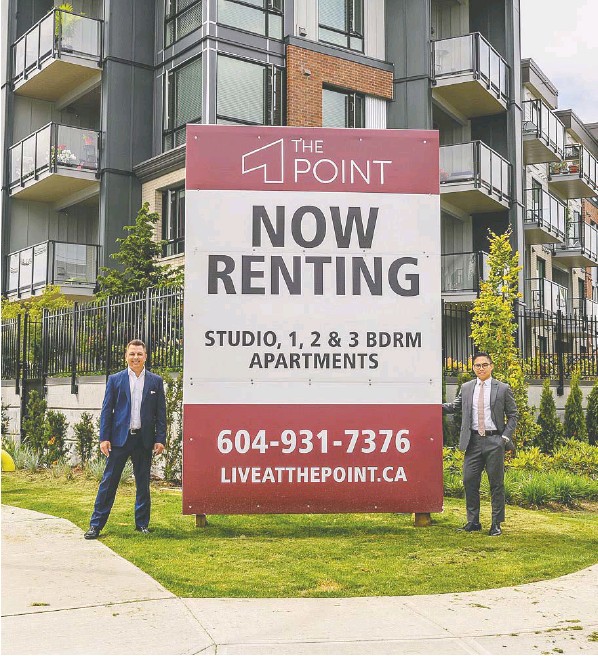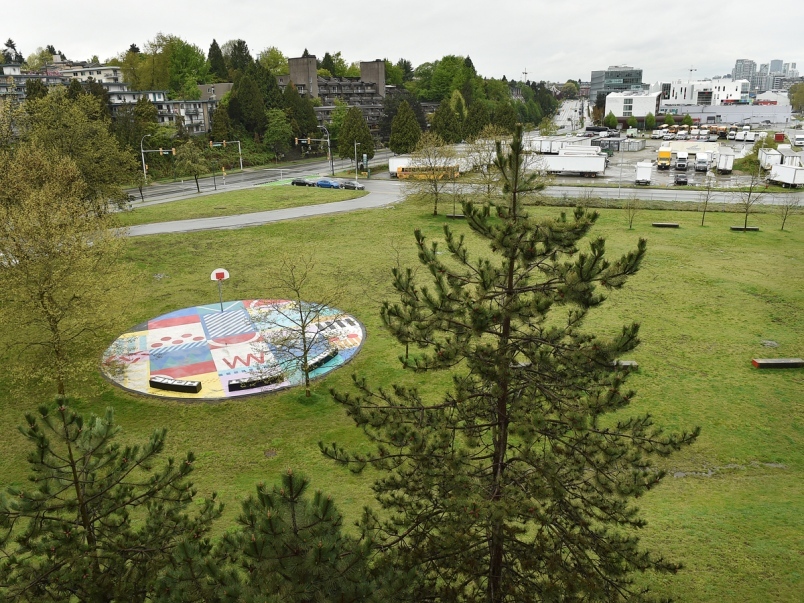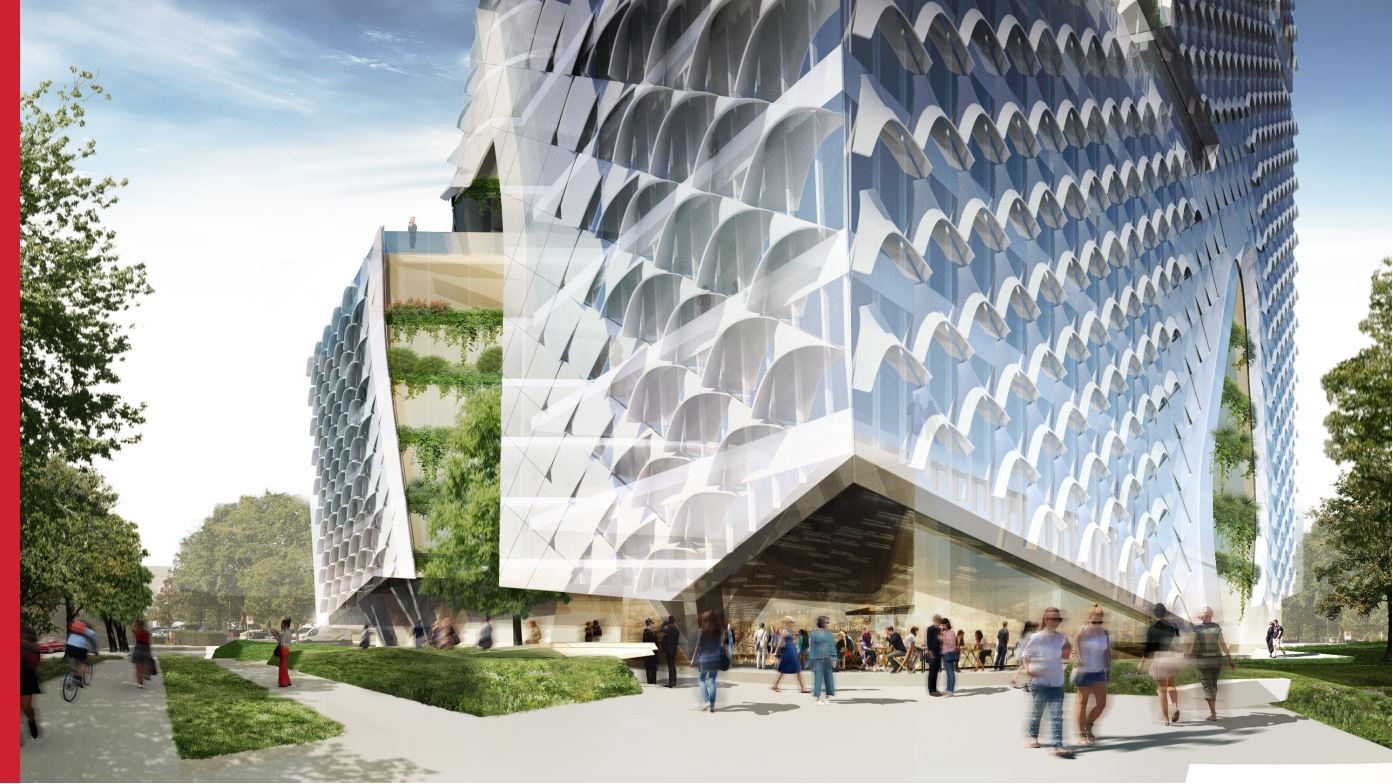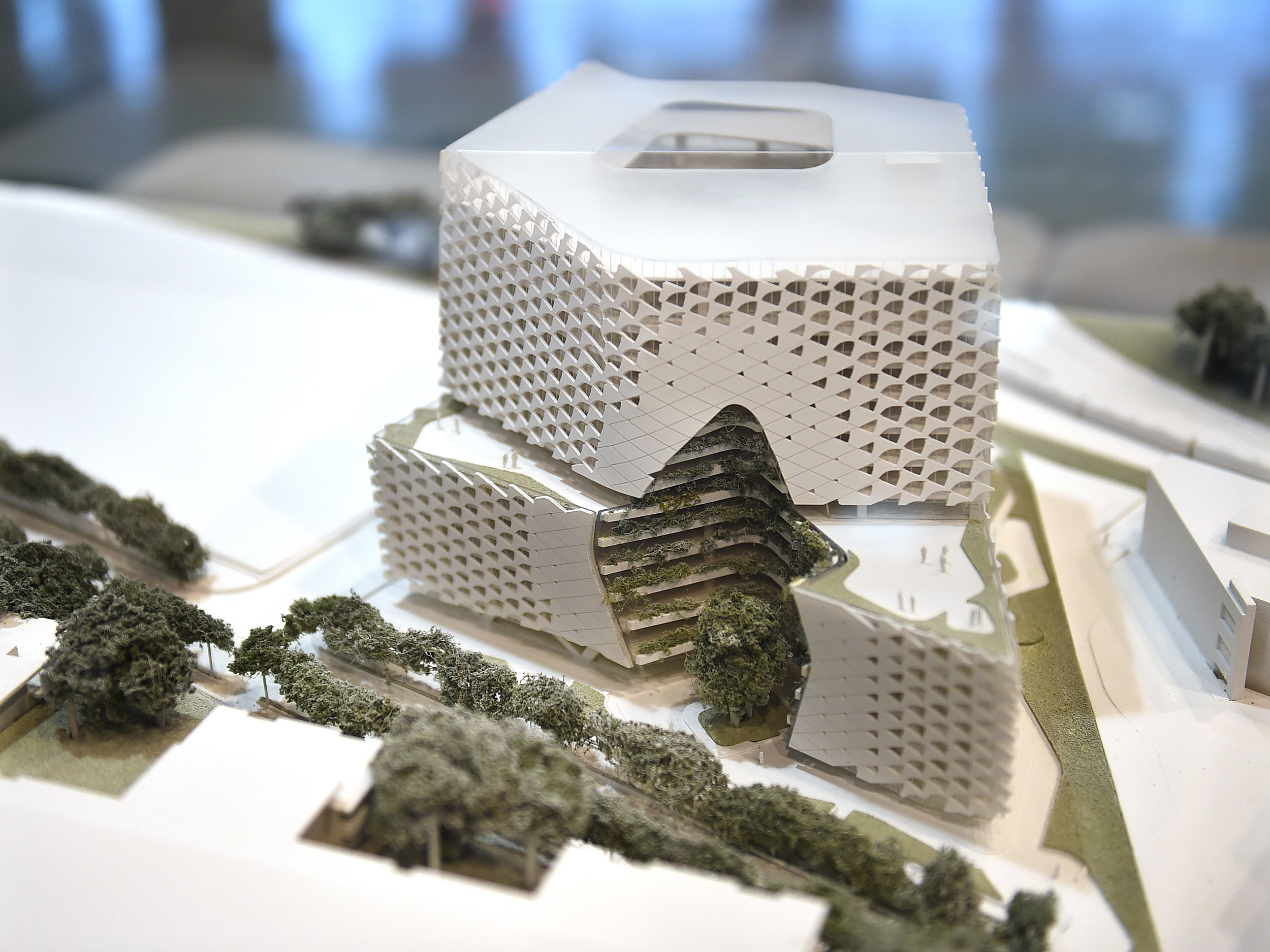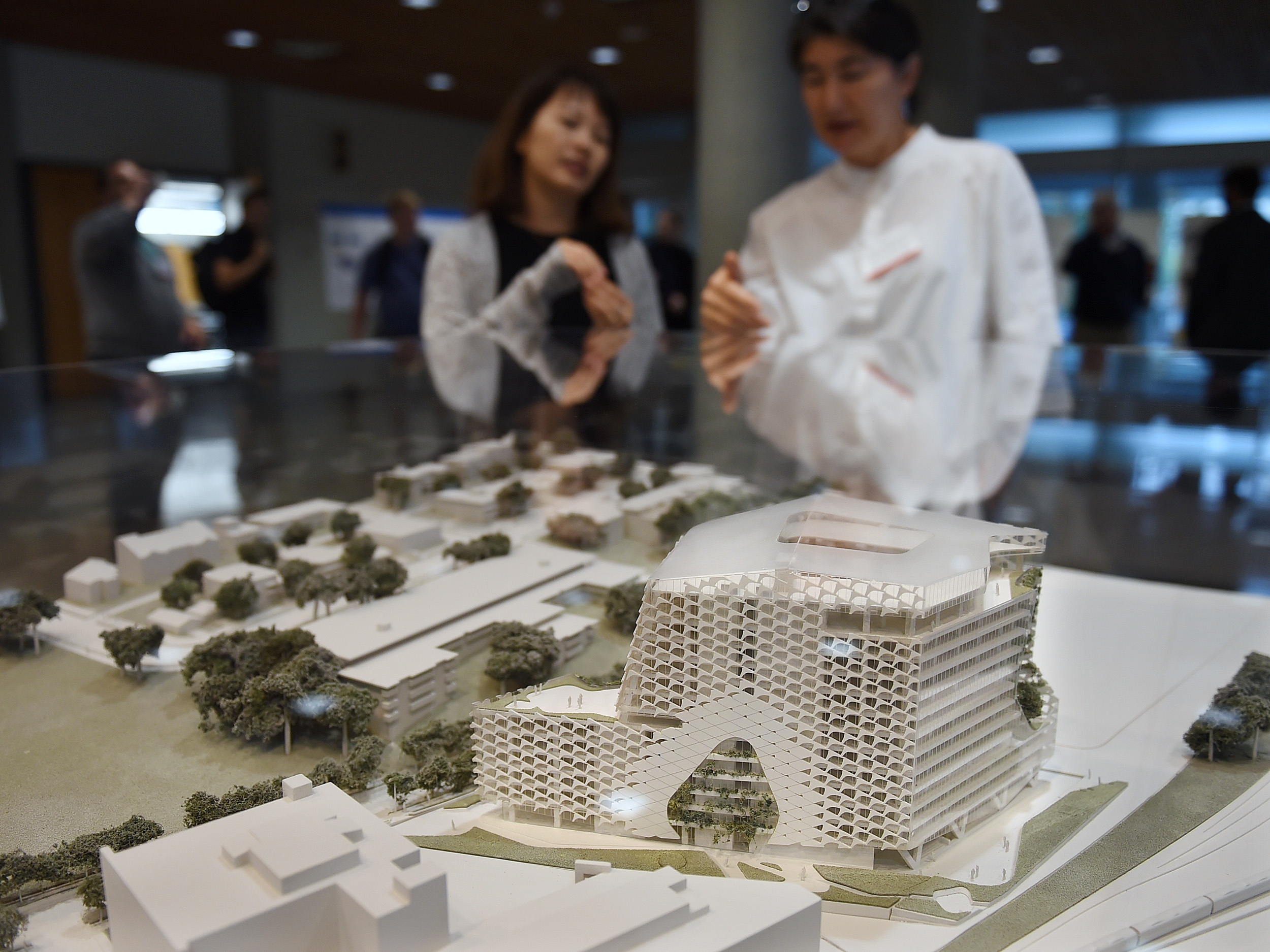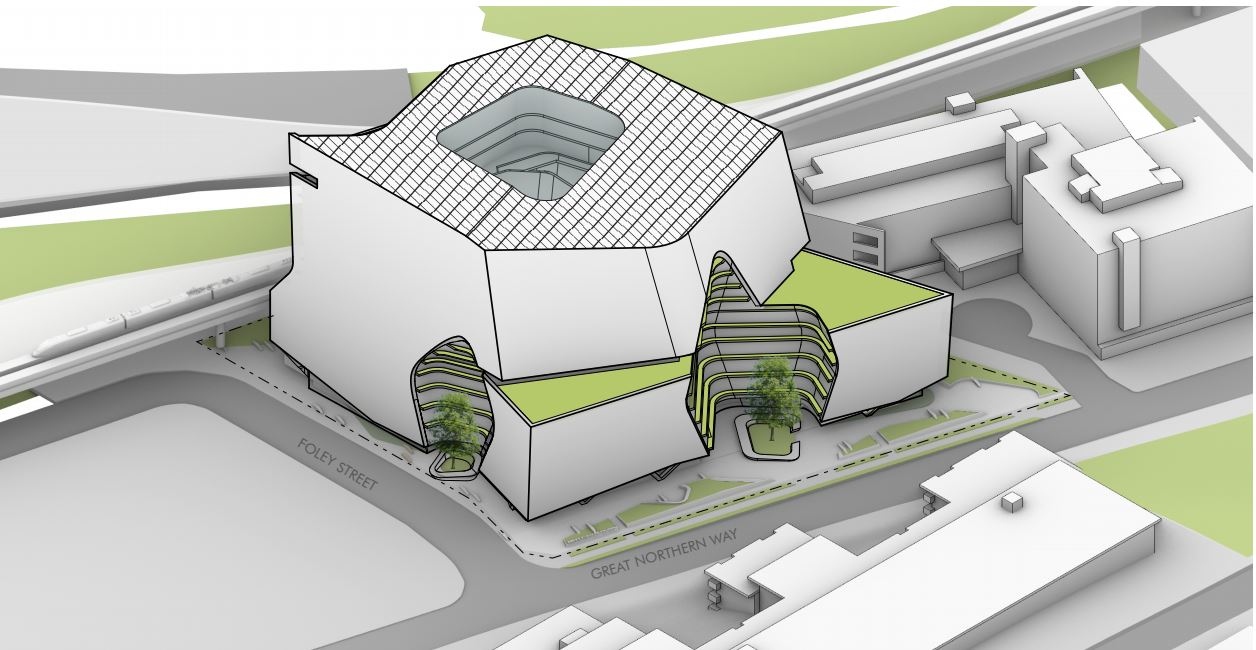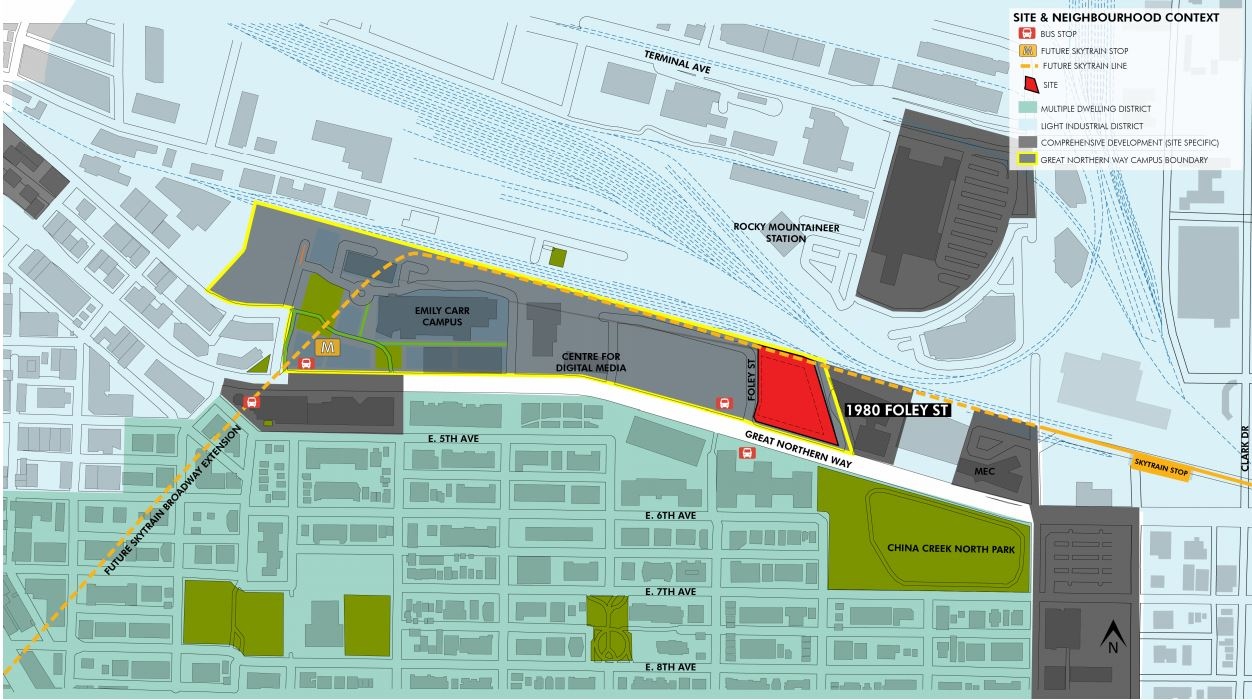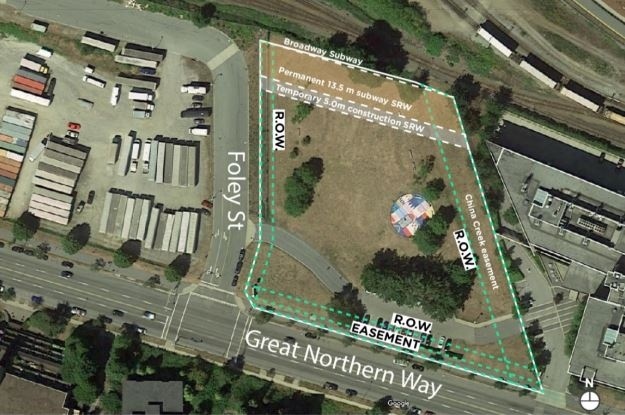Leading development firms spot sales opportunity in the midst of protests
Frank O’Brien
Western Investor
There is debate over whether anti-government protests in Hong Kong will lead to an exodus of its residents, but Vancouver developers are piling into the Chinese territory to offer Canadian condos to anyone planning an exit.
In Hong Kong, the vice-president of international property at Soho — Hong Kong’s version of LinkedIn, but with a focus on real estate — has noticed a sharp increase in Canadian real estate developers pitching property sales.
“In the first half [of this year] there were 55 per cent more exhibitions of Canadian property in Hong Kong than in the prior half,” said Eli McGeever. “The protests have definitely played a role in it.”
The developers marketing Vancouver property in Hong Kong now include Enrich Developments, Shape Properties Group, Westbank Corp., and Aspac, McGeever said after touring real estate exhibitions that are held across the city of eight million people.
Each of these Vancouver companies has held at least one marketing exhibition in Hong Kong since the start of August, according to McGeever.
There is also evidence that some Hong Kong residents are preparing to depart from the city, where increasingly violent protests have entered their 13th week.
Official Hong Kong government data shows that the number of locals seeking police checks has surged by 48 per cent this year compared with 2018. These documents, certifying no criminal record, are crucial to applying for foreign visas. Applications increased 12 per cent in June, 41 per cent in July, and 48 per cent in the first two weeks of August, compared with a year earlier, according to data released by Juwai.com.
But Georg Chmiel, chairman of Juwai.com, China’s largest portal for foreign real estate, said that most departing Hong Kong residents are not looking at Canada.
“There is not a mad rush among the general population of Hong Kong to acquire real estate in Canada,” Chmiel said.
He said the average Hong Konger is more interested in Asian destinations, such as Malaysia, which are more accessible and affordable, and provide a faster route to residency or citizenship.
There are approximately 320,000 Hong Kong residents who already hold a Canadian passport, and Chmiel said that’s the group that is focused on Vancouver real estate.
As Canadian citizens, they would not be subject to B.C.’s 20 per cent foreign-homebuyer tax, he noted.
Real estate agents in West Vancouver, Vancouver and Richmond have reported increased inquiries from Hong Kong residents recently, but there is scant hard data.
Ken Tin Lok Wong, a Richmond-based immigration consultant, said that “a mass exodus of full-on Canadian citizens from Hong Kong to Canada is unlikely” because people have to choose between making more money in Hong Kong or living in a stable place like Canada but with less pay and higher taxes, he told the Richmond News.
Copyright © Western Investor

